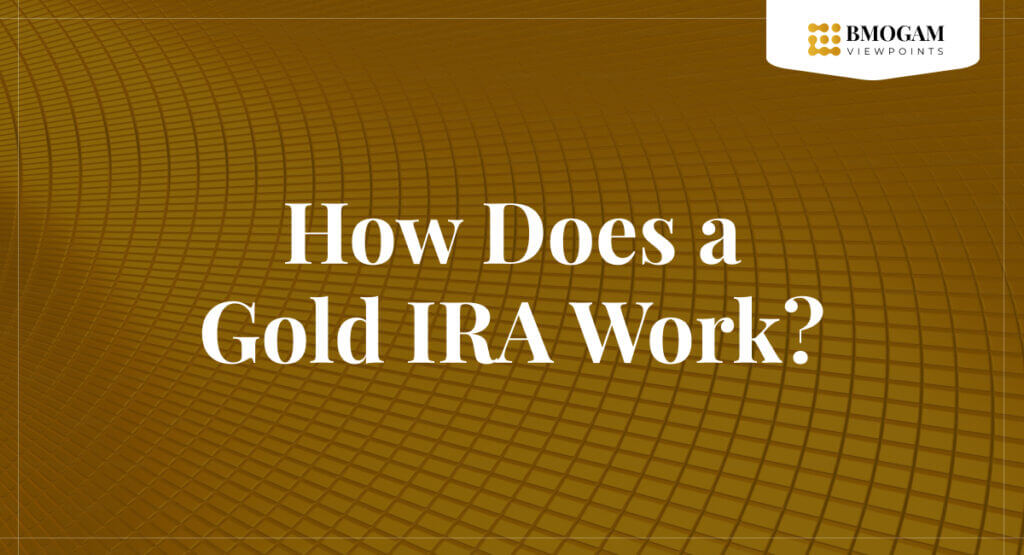Welcome, dear readers. Do you ever wonder about the history and significance of the gold standard? In today’s fast-paced world of economics, it’s important to understand the role and impact of this monetary system. So, let’s delve into the intriguing world of the gold standard and find out why it’s still relevant to you.
What Is a Gold Standard?
A gold standard is a monetary system where a country’s currency or paper money is directly linked to gold, meaning that a specific amount of currency can be converted into a certain weight of gold. The gold standard serves as a measure of a currency’s value in relation to gold and provides stability, but also limits the government’s ability to print money. This system was widely used during the 19th and early 20th centuries.
History of the Gold Standard
The History of the Gold Standard dates back to the 19th century when it was established to link currency values to gold. This system, which ensured stability and confidence in the monetary system, had a significant impact on global economies and trade until the mid-20th century. It provided a fixed exchange rate for currency and placed limitations on government spending. The gold standard was a symbol of economic strength and stability, shaping financial policies and international trade for decades.
What Was the Purpose of the Gold Standard?
The primary objective of implementing the gold standard was to establish a monetary system in which the value of a nation’s currency was directly tied to a specific quantity of gold. This system sought to instill stability and trust in the currency’s worth, preventing excessive inflation or deflation. By securing the currency with gold, it was intended to restrict the government’s ability to print additional money beyond the available gold reserves, thus promoting fiscal responsibility.
When Was the Gold Standard Used?
The gold standard was extensively used during the 19th and early 20th centuries, with countries like the United States, Germany, and France adopting it to back their currencies. This system provided stability and facilitated international trade by fixing exchange rates to a specific amount of gold. However, the gold standard was gradually abandoned due to its inflexibility during economic downturns, with the Great Depression marking its eventual demise in the 1930s.
How Does the Gold Standard Work?
- How Does the Gold Standard Work?
- Countries peg their currency’s value to gold.
- Central banks hold a fixed amount of gold to back the currency in circulation.
- Exchange rates are fixed, and the government ensures the convertibility of currency into gold.
- This limits monetary policy flexibility but stabilizes exchange rates.
What Is the Role of Gold in the Gold Standard?
Gold played a crucial role in the implementation of the gold standard by providing a backing for the value of currency. Under this system, each unit of currency was tied to a specific amount of gold, giving it intrinsic value. As a result, governments were required to maintain gold reserves in order to support their currency. This helped prevent governments from printing excessive amounts of money, promoting stability in currency value.
What Are the Advantages of the Gold Standard?
The advantages of the gold standard include:
- Stability in currency value
- Limited inflation due to the fixed asset backing
- A restraint on government spending, promoting fiscal discipline and economic stability
This makes it a highly advantageous system.
What Are the Disadvantages of the Gold Standard?
The downsides of the gold standard include its inflexibility in monetary policy, limited capacity to address economic downturns, the currency’s susceptibility to supply shocks, and the possibility of deflationary pressures.
Why Did the Gold Standard End?
The gold standard ended due to various factors, such as economic instability, the Great Depression, and the need for flexibility in monetary policies. To fully comprehend the impact of its end on global economies, it is recommended to consult economic historians. For a more contemporary perspective, one can explore the changing role of gold in today’s financial markets.
Is There Still a Gold Standard Today?
The gold standard, once a monetary system where a country’s currency or paper money had a value directly linked to gold, was mostly abandoned in the 20th century. However, some advocates argue for its return, believing it could bring stability to the global financial system. They contend that it would prevent governments from printing excessive amounts of money, leading to inflation and economic instability.
While there isn’t a widespread gold standard today, the concept still sparks debate and interest in economic circles.
What Are the Alternatives to the Gold Standard?
Possible alternatives to the gold standard include:
- fiat money systems
- cryptocurrency
- commodity-based monetary systems
These are some of the alternatives that can be considered instead of the gold standard.
Frequently Asked Questions
What is the Gold Standard?
The Gold Standard is a monetary system where a country’s currency is backed by a fixed amount of gold. This means that the value of the currency is directly linked to the value of gold.
How did the Gold Standard work?
Under the Gold Standard, a country’s central bank would set a fixed price for gold and would exchange its currency for gold at that price. This ensured that the amount of currency in circulation was directly tied to the amount of gold reserves held by the central bank.
When was the Gold Standard used?
The Gold Standard was used in various forms from the 19th century until the mid-20th century. It was most prevalent during the late 19th and early 20th centuries.
Why was the Gold Standard abandoned?
The Gold Standard was abandoned by many countries in the early 20th century due to the financial strain it caused during economic downturns. It also limited the ability of governments to stimulate the economy through monetary policy.
What is the difference between the Gold Standard and fiat money?
The Gold Standard is a system where a country’s currency is backed by gold, while fiat money has no intrinsic value and its value is determined by government decree. Under the Gold Standard, the value of currency is directly tied to the value of gold, whereas with fiat money, the value can fluctuate based on various factors.
Is the Gold Standard still in use today?
No, the Gold Standard is no longer in use today. Most countries have moved to a fiat money system, where the value of their currency is not directly tied to gold or any other physical commodity.

I started BMOGAM Viewpoints as a way to compile all my views on investing in one place. I own my home, have some real estate, and own a few stocks like most people, but what really drives my interest in investing is I have a strong love of precious metals, especially gold.


